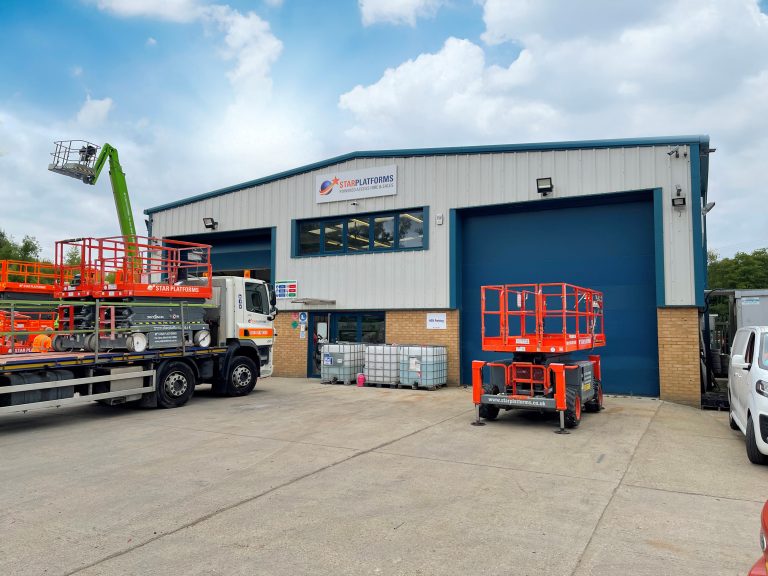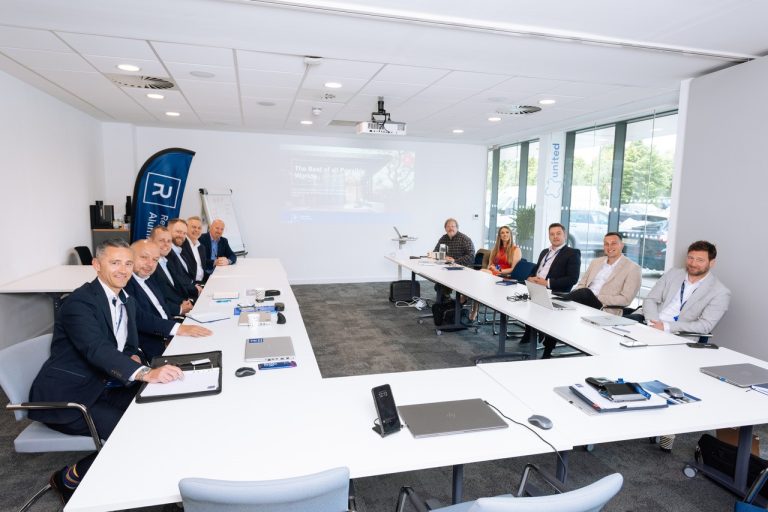The Royal Institue of British Architects (RIBA) has today (18 September) announced the shortlist for the Neave Brown Award for Housing 2024. Given in honour of modernist architect and social housing pioneer, Neave Brown (1926-2018), the annual Award recognises the UK’s best new affordable housing. From projects that positively prioritise green space (Unity Place, Dover Court), to transforming vacant sites to improve communities (North Gate Social Housing, Chowdhury Walk), this year’s shortlisted projects demonstrate social housing that blends quality design, community regeneration, and meaningful social value. Each project seeks to help address pressing issues facing local residents while providing a hopeful blueprint for future social housing, where thoughtful and innovative architecture creates accessible, quality spaces in which communities can thrive. The four shortlisted projects are: A sculptural infill development heralding the beginnings of an ambitious programme of new generation council housing by Hackney Council. A carefully implemented reimagining of a 1960s Modernist estate, the architects have created a new series of welcoming spaces throughout the site, while converting disused garages into 70 new, bespoke, low-carbon homes. A longstanding vacant brownfield site transformed into a new residential landmark, designed to suit the needs of primarily older residents. 31 one or two bed flats for 100% social rent. A neighbourhood transformation providing 235 social rented homes, a community hub and new outdoor areas. Jury Chair and 2023 Neave Brown Award for Housing winner, Astrid Smitham, said: “At a time when the UK sets out to build 1.5 million new homes, this shortlist shows the importance of great partnerships between clients and architects in delivering housing of the very highest standard, that everyone deserves. From a new generation of council homes in Hackney and low-carbon homes in Islington, to a residential landmark in Glasgow designed for older residents and an ambitious masterplan in Brent, these projects show how the next wave of UK home building can help individuals and communities to thrive.” RIBA President, Muyiwa Oki, said: “This year’s shortlist reaffirms that creating social housing should not be seen as a limitation to architects, but a great opportunity. Each brief has taken run-down or underused spaces and created outstanding projects that serve the needs of residents and the wider community. These schemes thoughtfully balance the environment, community, and quality, reinforcing the reality that when designing social housing, good design need not compromise on any of the three. The Neave Brown Award for Housing 2024 jury comprised: Astrid Smith (Chair), Founder of Apparata Architects, winners of Neave Brown Award for Housing 2023 for A House for Artists; Bob Allies, Partner, Allies and Morrison andRIBA Awards Group Member; and Zoe Brown, daughter of Neave Brown. The Neave Brown Award for Housing 2024 shortlist is selected from winners of 2024 RIBA Awards. The winner will be announced at the RIBA Stirling Prize ceremony on Wednesday 16 October 2024 at The Roundhouse in London. Building, Design & Construction Magazine | The Choice of Industry Professionals














